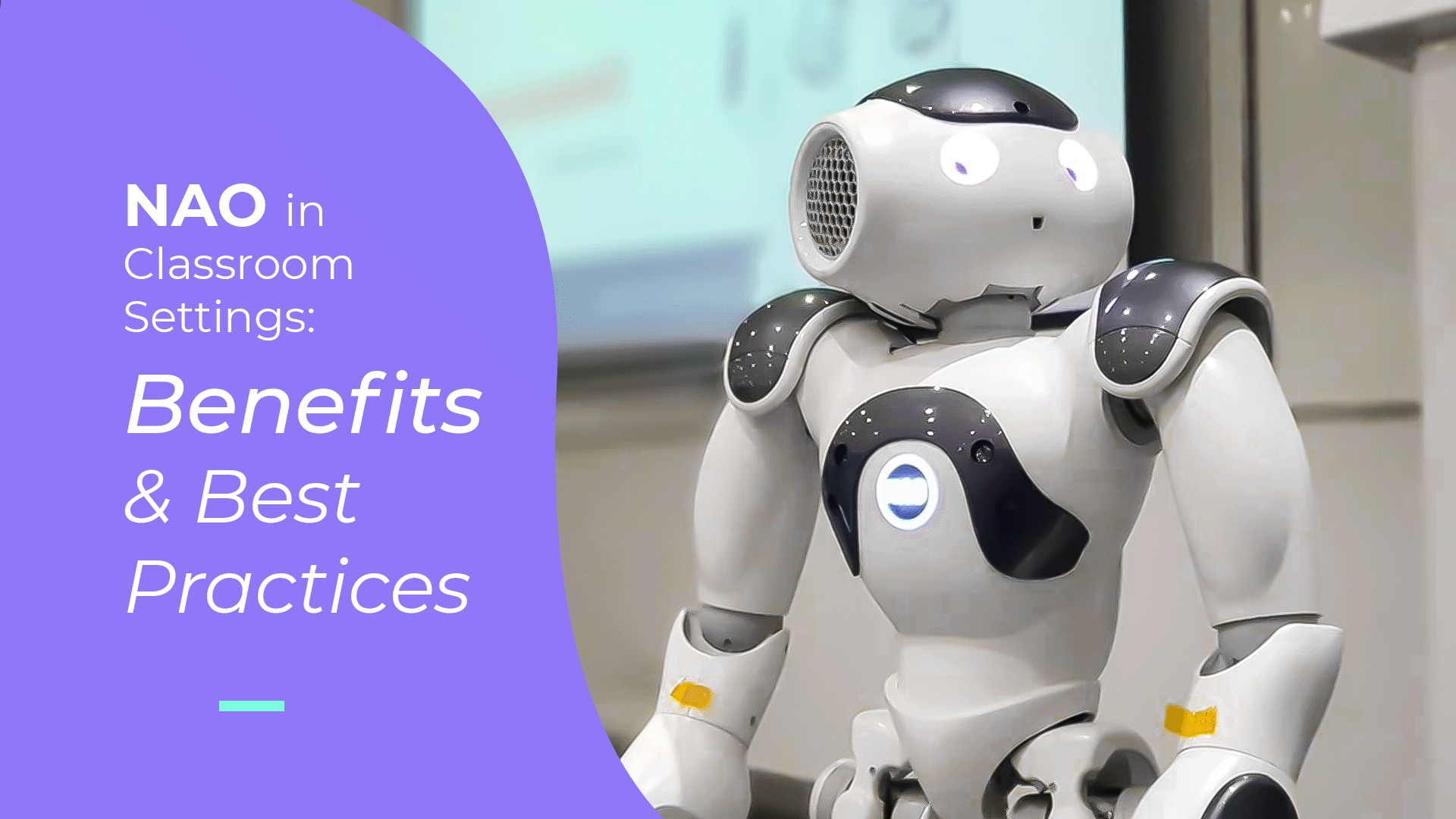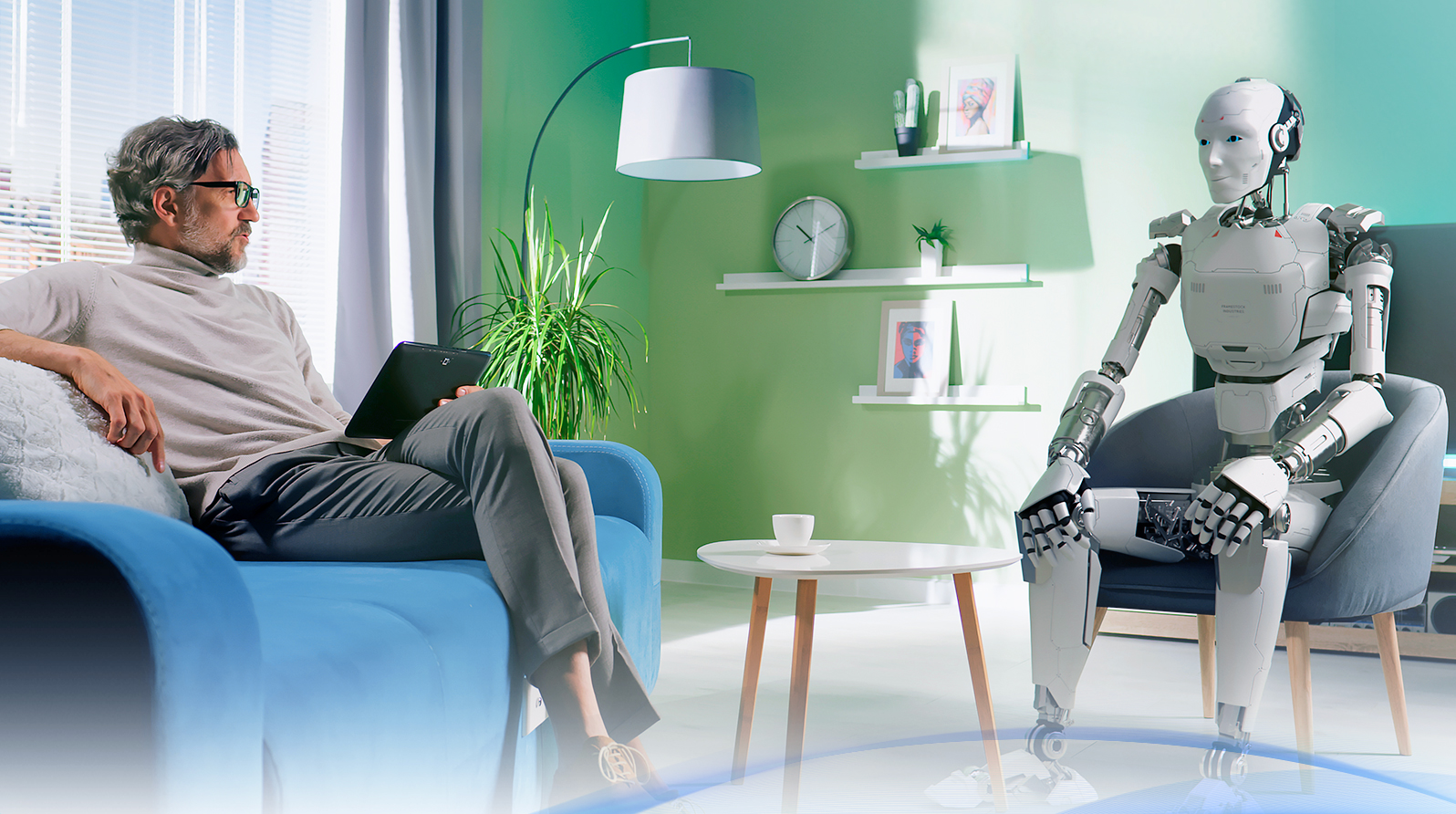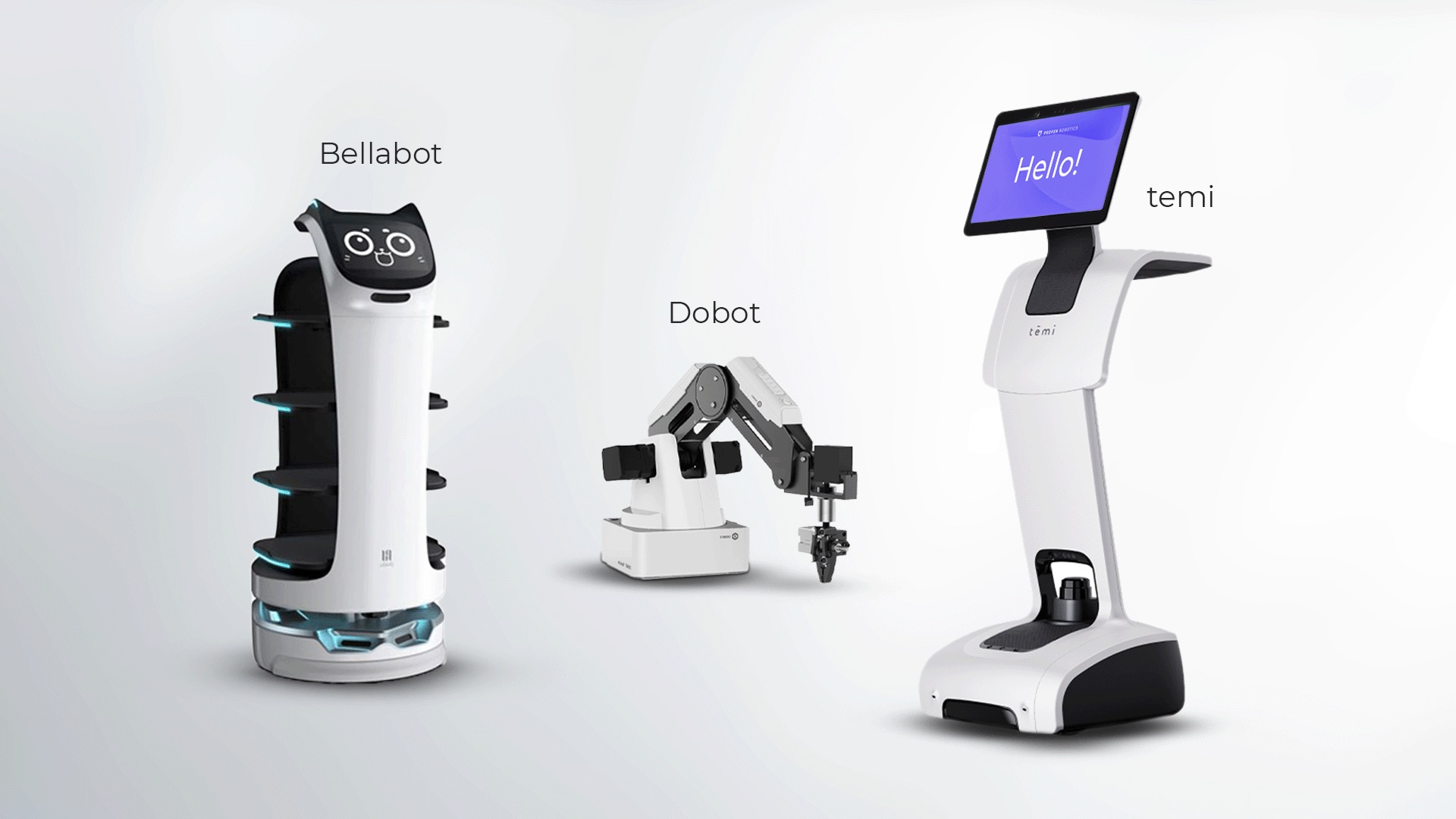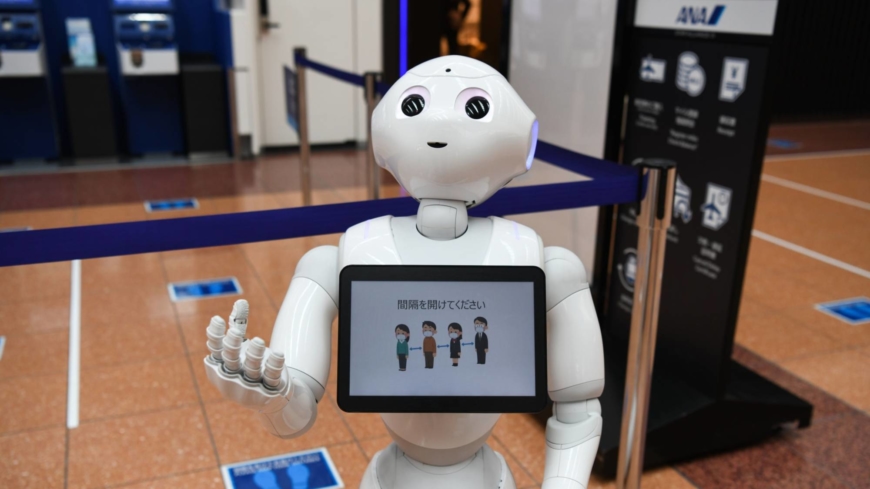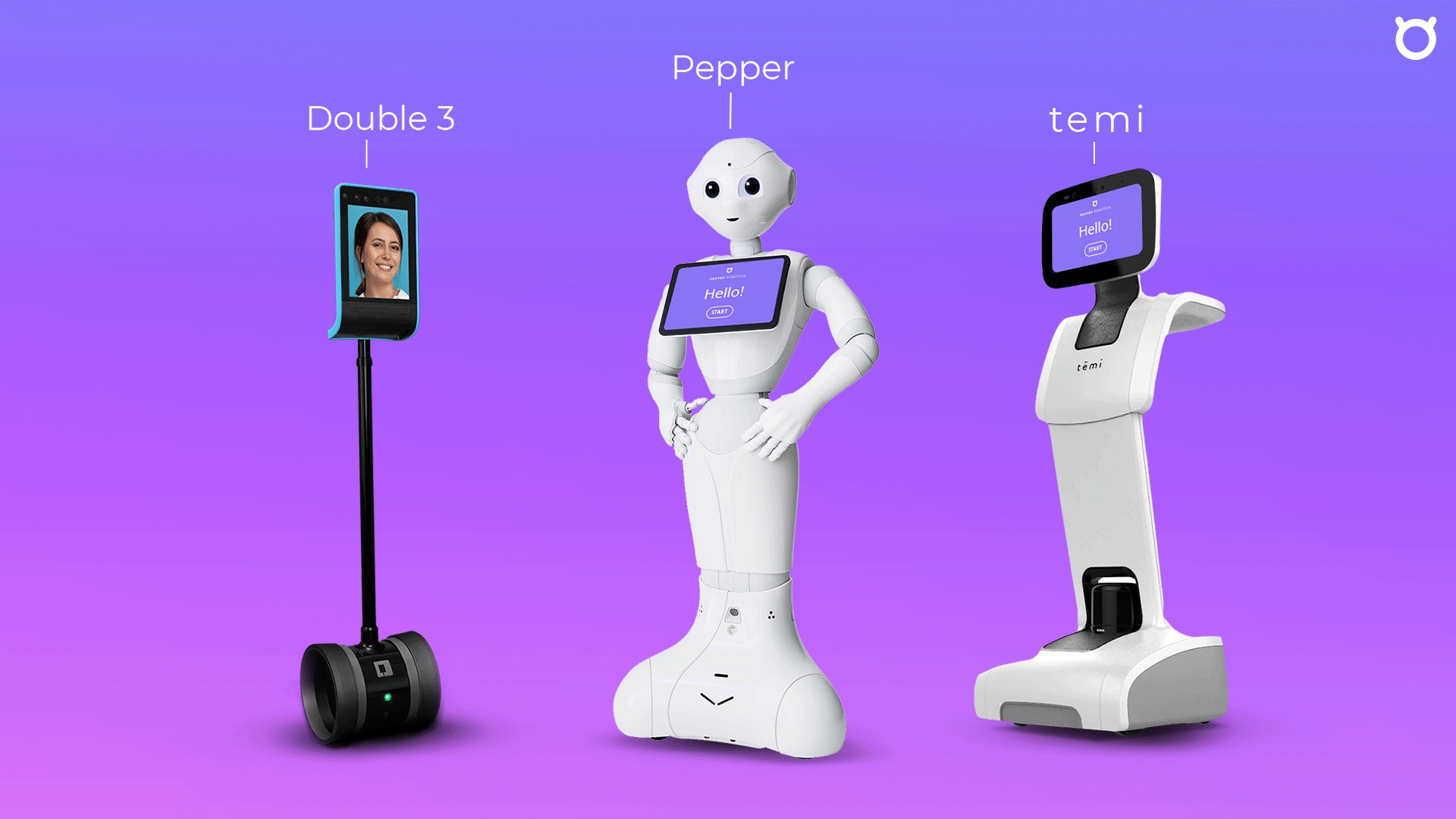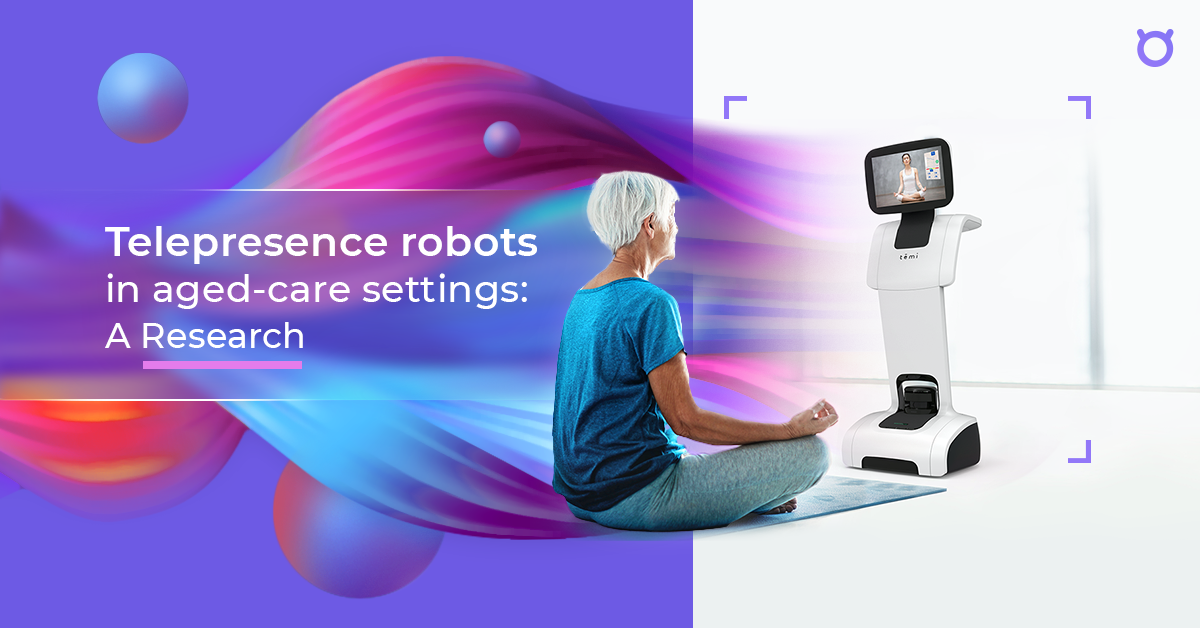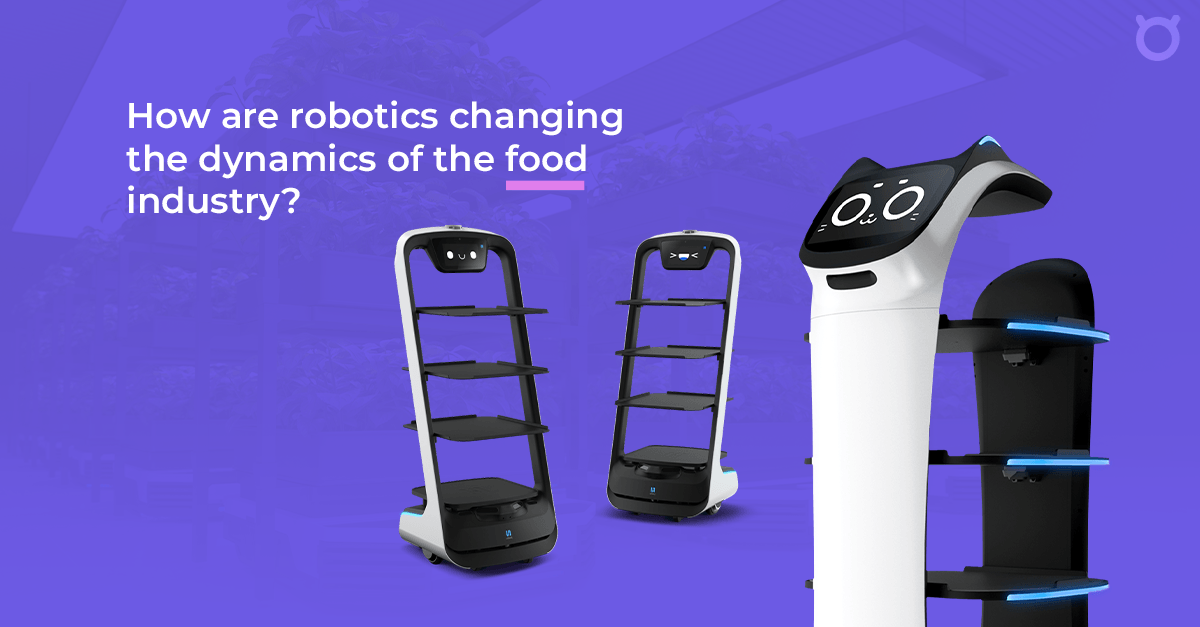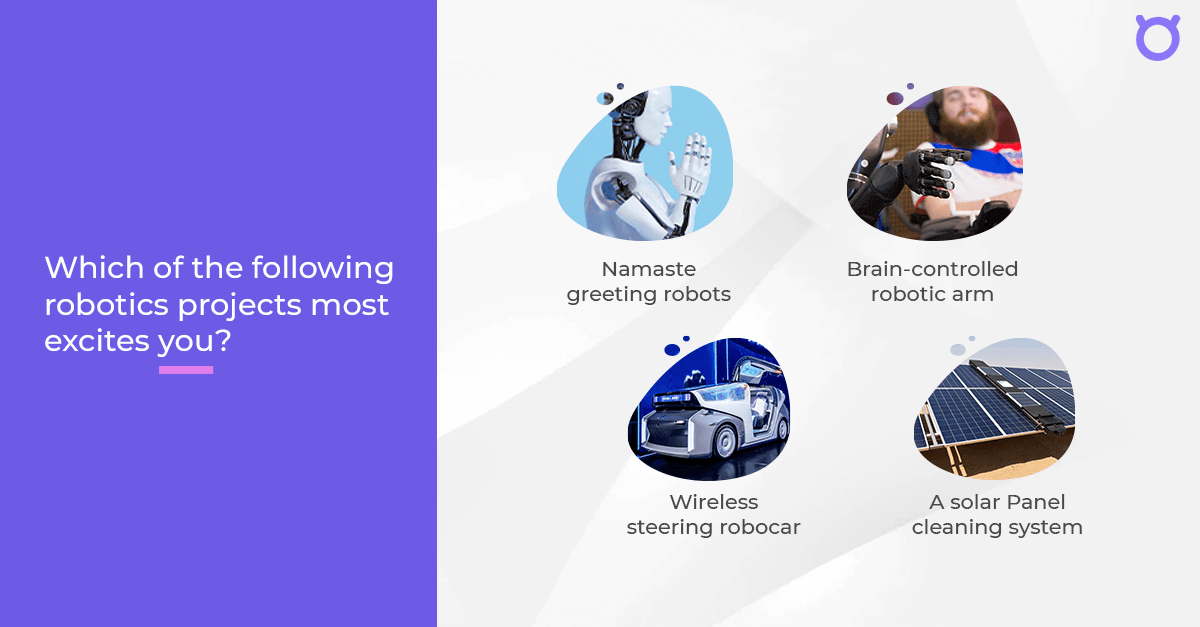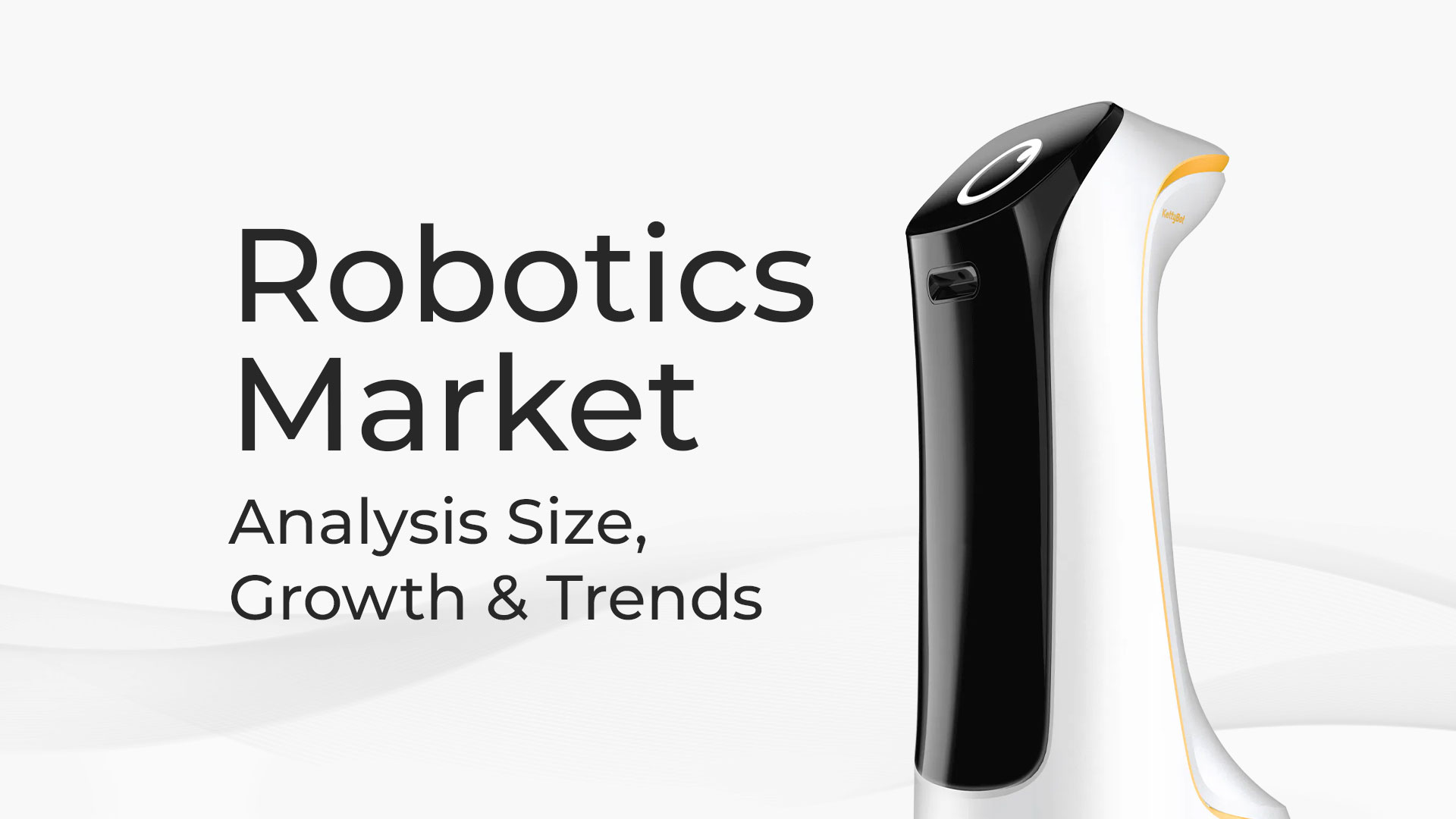
Robotics Market Analysis: Size, Growth and Trends
Introduction Robotics, the interdisciplinary field of science and engineering, involves robot design, operation, construction, and use. These machines are programmable, automated devices capable of precisely, efficiently, and accurately carrying out tasks. With technological advancements becoming more widespread and more affordable, the robotics market is expanding at a rapid pace. Robots find their array of applications […]
